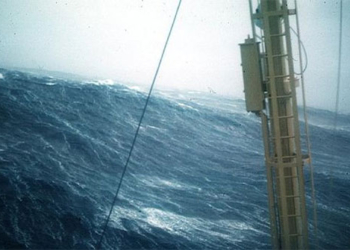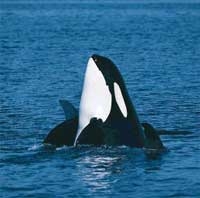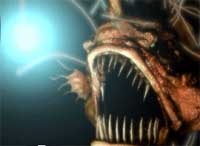 Suddenly, while snorkeling in the ocean, you may come face to face with a large flower that has soft “arms” capable of capturing and swallowing prey. Upon closer inspection, you’ll notice that this flower rarely moves because it moves very slowly. This is a creature known as the “sea anemone”, belonging to the order Actiniaria. They have colorful tentacles, making them appear floral at first glance. Sea anemones have over 1,000 close relatives, with body diameters ranging from a few millimeters to 1.5 meters.
Suddenly, while snorkeling in the ocean, you may come face to face with a large flower that has soft “arms” capable of capturing and swallowing prey. Upon closer inspection, you’ll notice that this flower rarely moves because it moves very slowly. This is a creature known as the “sea anemone”, belonging to the order Actiniaria. They have colorful tentacles, making them appear floral at first glance. Sea anemones have over 1,000 close relatives, with body diameters ranging from a few millimeters to 1.5 meters.
At the tips of their tentacles are specialized cells that can stick to surfaces. This adhesive ability is due to numerous tiny stinging cells. The tentacles shoot out these minute stingers into whatever they wish to attach to. In addition to their adhesive function, the tentacles are also effectively used by sea anemones to paralyze or kill their prey. Muscles allow the sea anemone to slowly pull the prey toward its mouth. Then, the muscles gradually draw the prey into its stomach.
The body structure of the sea anemone is quite unusual: almost the entire body is occupied by a large stomach. A short throat is located right above  the stomach and just below the mouth. The mouth is situated at the center of a disc-shaped structure surrounded by rows of tentacles. Sea anemones do not have (and do not need) a brain, heart, kidneys, lungs, or any hard skeleton. They contract their muscles to compress the water-filled stomach, making it appear like a water balloon.
the stomach and just below the mouth. The mouth is situated at the center of a disc-shaped structure surrounded by rows of tentacles. Sea anemones do not have (and do not need) a brain, heart, kidneys, lungs, or any hard skeleton. They contract their muscles to compress the water-filled stomach, making it appear like a water balloon.
When the tide goes out and exposes the sea anemone out of the water, they strongly contract their muscles and retract their tentacles into their bodies. They can also camouflage themselves by using adhesive structures on the upper part of their body to cling to rocks and shells around them, all while curling their bodies inwards.
Sea anemones can survive both in and out of water. This remarkable creature has excellent adaptability. They can be found at depths exceeding 10,000 meters; some even thrive in brackish waters.
Although they occasionally kill and consume crustaceans, sea anemones also allow “friend” crabs to make “homes” among their dangerous tentacles.




















































